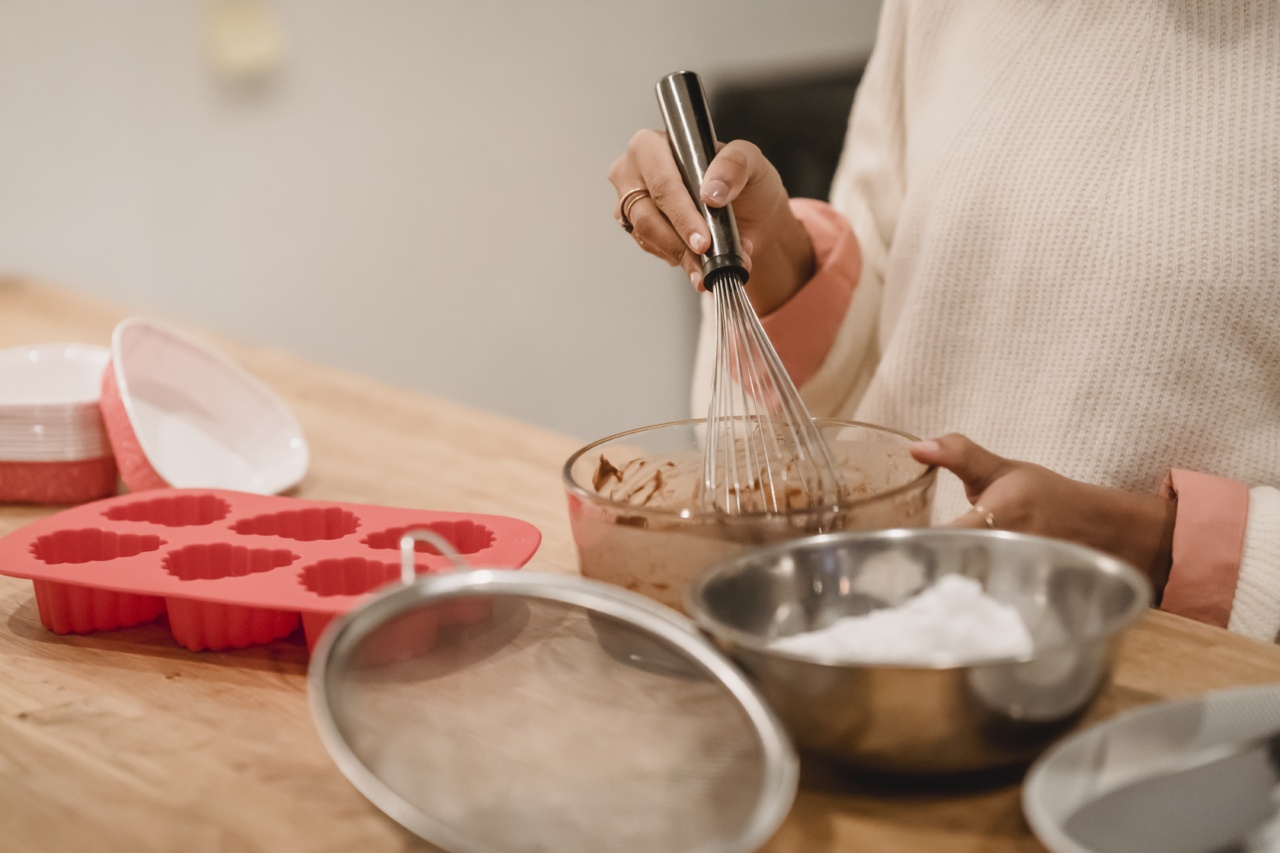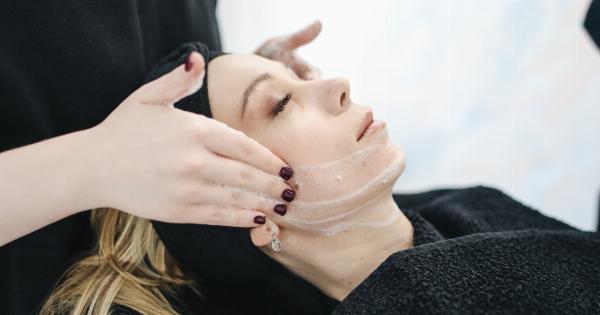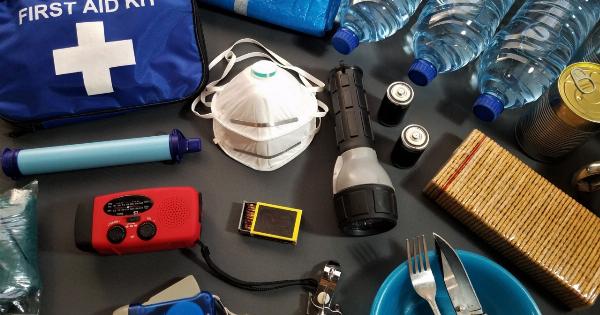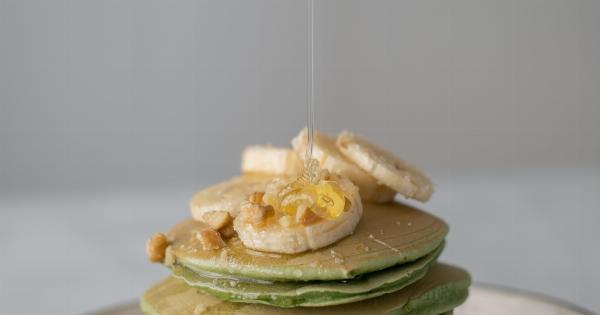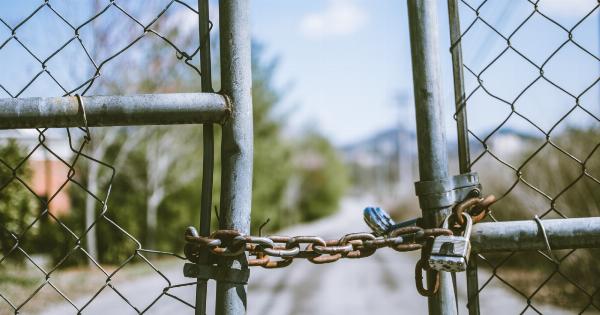Mold is a common problem in many households and is often a result of excess moisture or water damage. Not only does mold look unsightly, but it can also pose serious health risks to you and your family.
In this article, we will provide you with the lowdown on household mold – what it is, how it grows, how to detect it, and most importantly, how to get rid of it.
What is Mold?
Mold is a type of fungus that can grow both indoors and outdoors. It thrives in warm, damp, and humid conditions. Mold reproduces by releasing tiny spores into the air, which can then settle and grow on various surfaces.
These spores can cause allergic reactions or respiratory problems when inhaled.
Common Causes of Mold Growth in Homes
There are several factors that can contribute to mold growth in homes:.
- Excess Moisture: Areas with high humidity levels such as bathrooms, kitchens, and basements are more prone to mold growth.
- Water Leaks: Any water leaks or plumbing issues can create a moist environment, providing the perfect conditions for mold to thrive.
- Condensation: Poor insulation or inadequate ventilation in the house can lead to condensation on windows, walls, and other surfaces, promoting mold growth.
- Flooding: If your home has experienced any form of flooding, it is crucial to thoroughly dry and clean the affected areas within 24-48 hours to prevent mold growth.
How to Detect Mold in Your Home
It is essential to be able to identify mold in your home to address the problem promptly. Here are some signs to look out for:.
- Visible Mold: This includes black, green, or white patches on walls, ceilings, floors, or other surfaces.
- Musty Odor: A strong, earthy smell that persists even after cleaning can indicate the presence of mold.
- Allergic Reactions: If you or your family members experience allergic symptoms like sneezing, itching, or respiratory problems when at home, it may be due to mold.
- Water Damage: Any past or recent water damage can give rise to mold growth if not properly addressed.
Health Risks Associated with Mold
Mold can have detrimental effects on our health, especially if exposed for prolonged periods. Some health risks associated with mold include:.
- Allergic Reactions: Mold spores can trigger allergies in susceptible individuals, leading to symptoms such as sneezing, coughing, congestion, and itchy eyes.
- Asthma Attacks: People with asthma are at a higher risk of experiencing asthma attacks or worsened symptoms if exposed to mold.
- Respiratory Infections: Mold exposure can increase the likelihood of respiratory infections, particularly in individuals with weakened immune systems.
- Mycotoxin Poisoning: Certain types of mold produce mycotoxins, which can cause symptoms like headaches, fatigue, dizziness, and even neurological problems in severe cases.
Preventing Mold Growth
Prevention is key when it comes to dealing with mold. Here are some measures you can take to prevent mold growth in your home:.
- Monitor Humidity Levels: Keep your home’s humidity level below 50% using dehumidifiers if necessary, particularly in high-moisture areas like bathrooms and basements.
- Fix Water Leaks Promptly: Repair any leaks in pipes, roofs, or windows immediately to prevent moisture buildup.
- Improve Ventilation: Ensure proper airflow in your home by using exhaust fans in bathrooms and kitchens and opening windows to reduce condensation.
- Use Mold-Resistant Materials: Consider using mold-resistant products like drywall or paint in areas prone to moisture.
- Regularly Clean and Dry: Regularly clean and dry areas prone to moisture, such as showers, bath mats, and kitchen sinks.
Getting Rid of Mold
If you discover mold in your home, it is crucial to eliminate it promptly and effectively. Here are the steps to follow:.
- Wear Protective Gear: Before starting the cleanup process, make sure to use protective gear like gloves, goggles, and an N95 mask to avoid direct contact and inhalation of mold spores.
- Contain the Area: Seal off the affected area with plastic sheets or tarps to prevent the spread of mold spores to other parts of the house.
- Remove Moldy Materials: If the mold has affected porous materials like carpets, drywall, or insulation, it may be necessary to remove and replace them.
- Clean the Surfaces: Wipe down hard surfaces with a detergent solution or a mixture of water and vinegar to kill any remaining mold particles.
- Dry the Area: Thoroughly dry the cleaned area to prevent any remaining moisture from promoting further mold growth.
- Monitor for Recurrence: Keep an eye out for any signs of mold returning and address any moisture issues promptly.
When to Seek Professional Help
In some cases, hiring a professional mold remediation service may be necessary. Consider seeking professional help if:.
- The mold covers a large area (greater than 10 square feet): Handling large-scale mold cleanup requires specialized equipment and expertise.
- There is significant structural damage: If the mold has caused extensive damage to your home’s structure, it is best to consult professionals.
- There are underlying health concerns: Individuals with pre-existing respiratory conditions or weakened immune systems should avoid direct contact with mold and let professionals handle the cleanup.
The Importance of Regular Mold Inspections
Lastly, it is important to schedule regular mold inspections in your home, even if you haven’t noticed any signs of mold.
A professional mold inspector can detect hidden mold, assess the extent of the problem, and recommend appropriate actions to prevent its growth.
By staying informed and taking proactive measures, you can effectively combat household mold and ensure a safe and healthy living environment for you and your loved ones.
